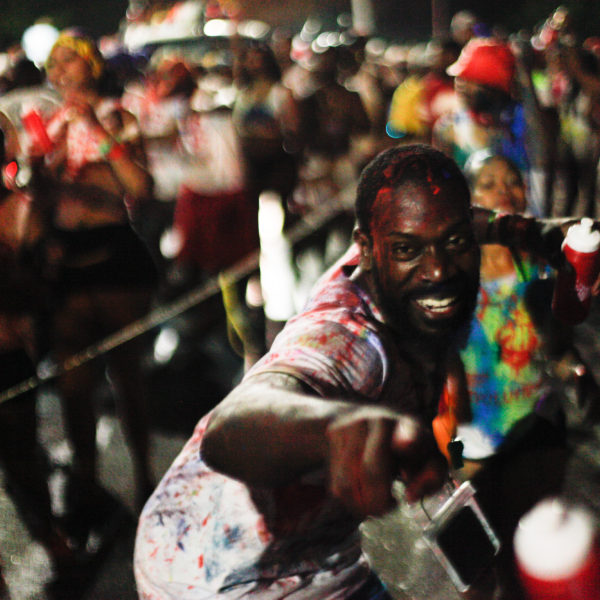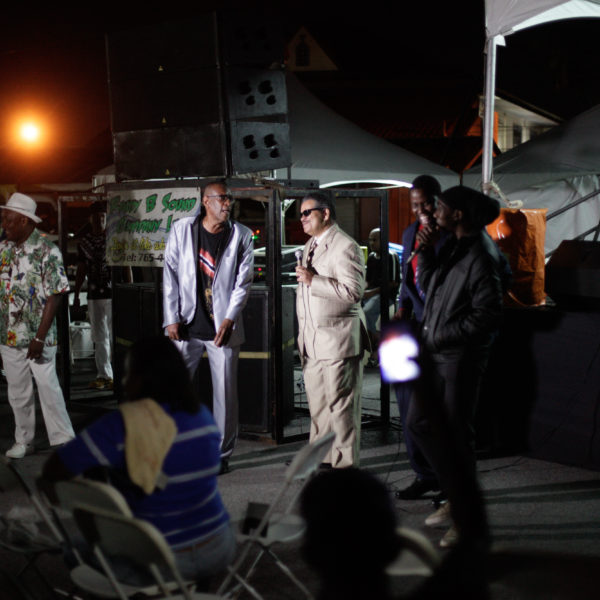When Carnival in Trinidad is portrayed visually, the image that prevails is that of bikini costumes adorned with feathers and jewels. This is certainly the most common kind of masquerade--or mas--these days. But the history of mas goes much deeper, and is central to Carnival culture. When Carnival emerged in the 1800s as a kind of rebellious, defiant festival amongst the enslaved Afro-Trinidadian population, masqueraders dressed in ways to mock slave masters and aristocracy. There were also characters that emerged as expressions of the otherwise inexpressible, whether it be an emotion or a condemnation of authority. And, of course, there are characters that are just plain fun. Masquerade even is tied into Trinidad's landscape - one of Trinidad's endemic birds, the Scarlet Ibis, was over-hunted for its brilliant red feathers, intended for Carnival costumes. Hunting ibises was only banned upon independence in 1962, when it became the Trinidad's national bird.
The artistry and creativity behind the tradition of mas is awe inspiring. As popular mas has moved more towards the enormous bands decked in scant costumes with feathers and jewels, some people are frustrated. National Carnival Commission (NCC) Chairman Colin Lucas puts it this way: “The direction our costumes have taken seems to put us in the same sphere with the Carnival of Brazil and so on… And I think we have moved out of a niche that we would have well controlled… the more depictive costumes, you know, that took people months to make. Really creative things. We’ve moved away from that, into a niche that everybody’s in... everybody’s buying costumes from China."
We'll go into it more in a later post, but the debate over traditional identity versus commercial strength is an important one. At any rate, there is still a vibrant community of traditional mas makers. A few years back, the NCC introduced a section of Carnival Monday morning dedicated to traditional mas. Despite relatively small audience numbers, the costumes were beautiful and the spirit that the masqueraders put into their craft was visible. Some people live for traditional mas--also known as ole mas. See their works of art yourself in these photos of traditional mas from competitions and Carnival Monday. Photos by Sebastian Bouknight.
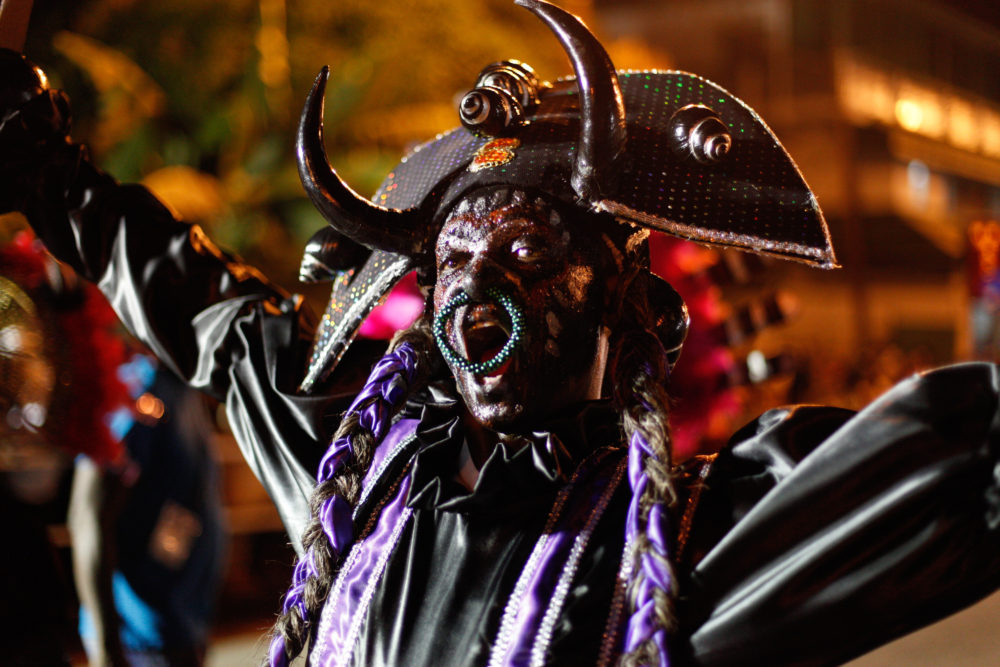
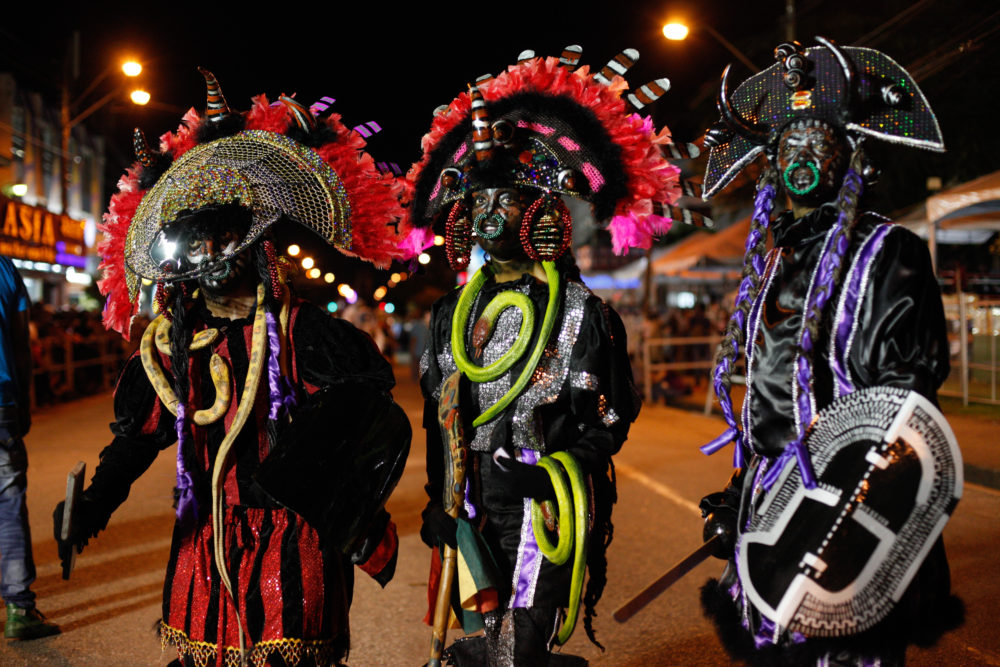
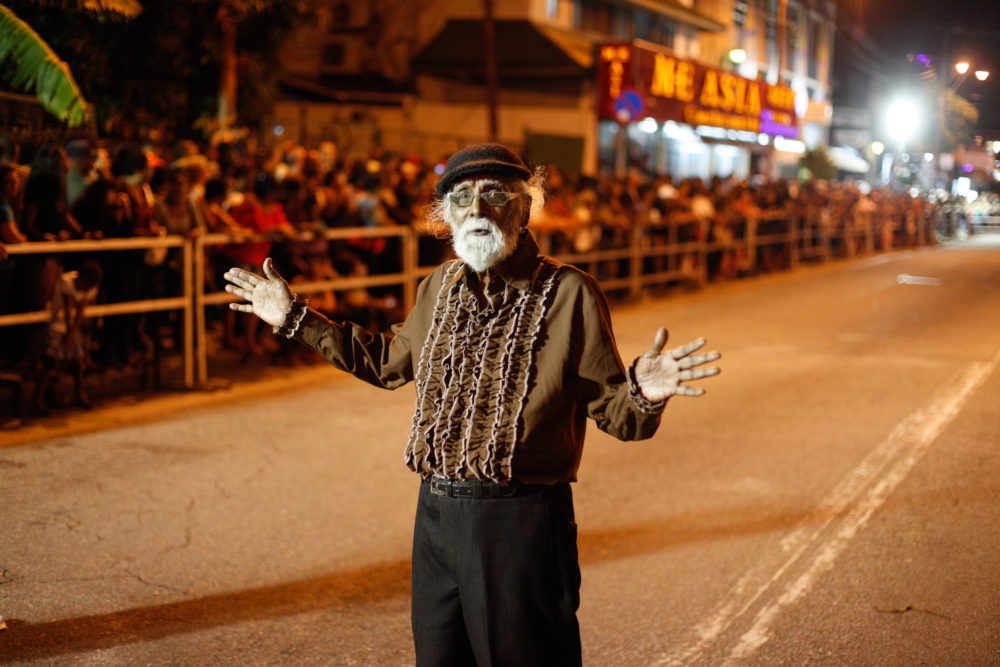

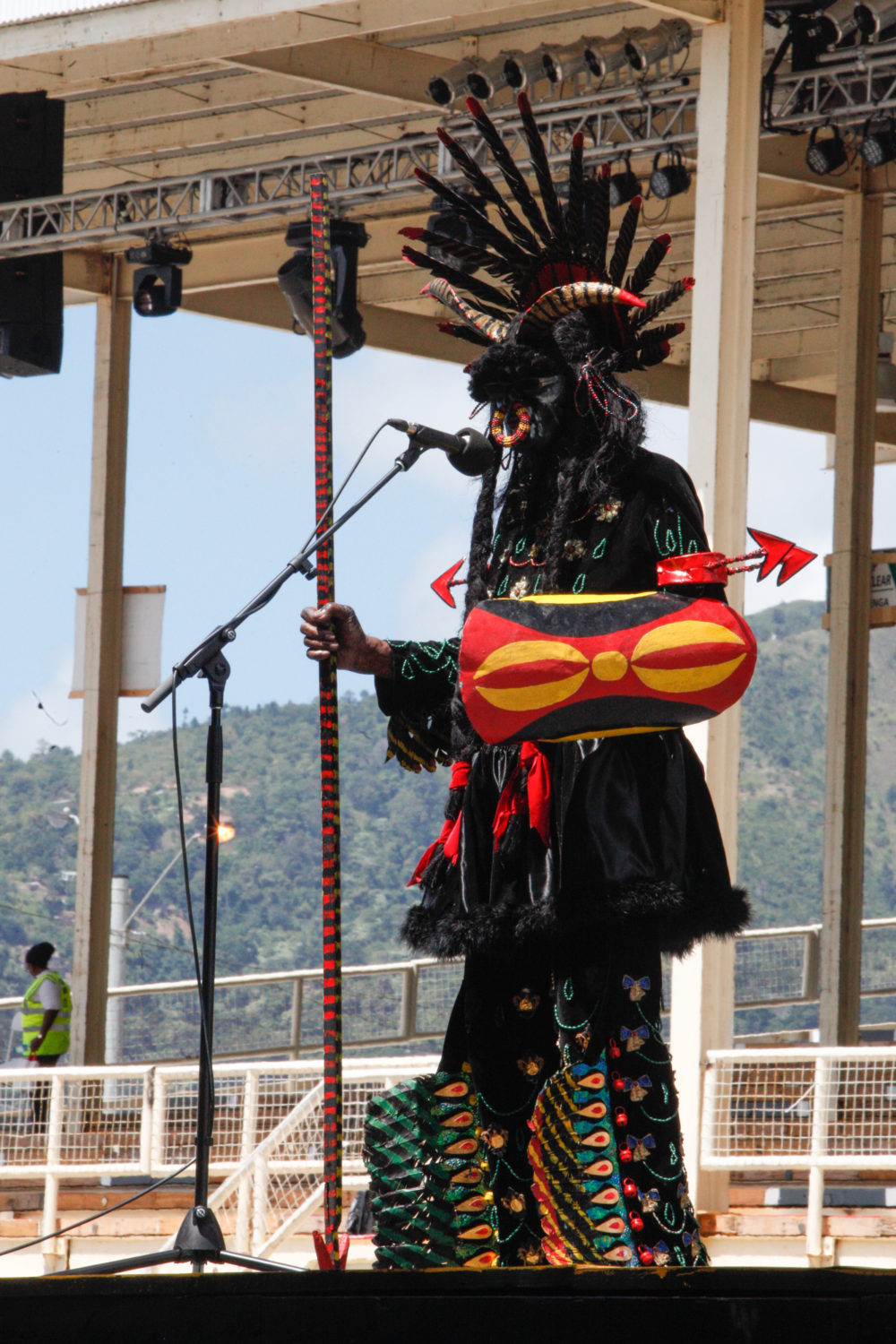




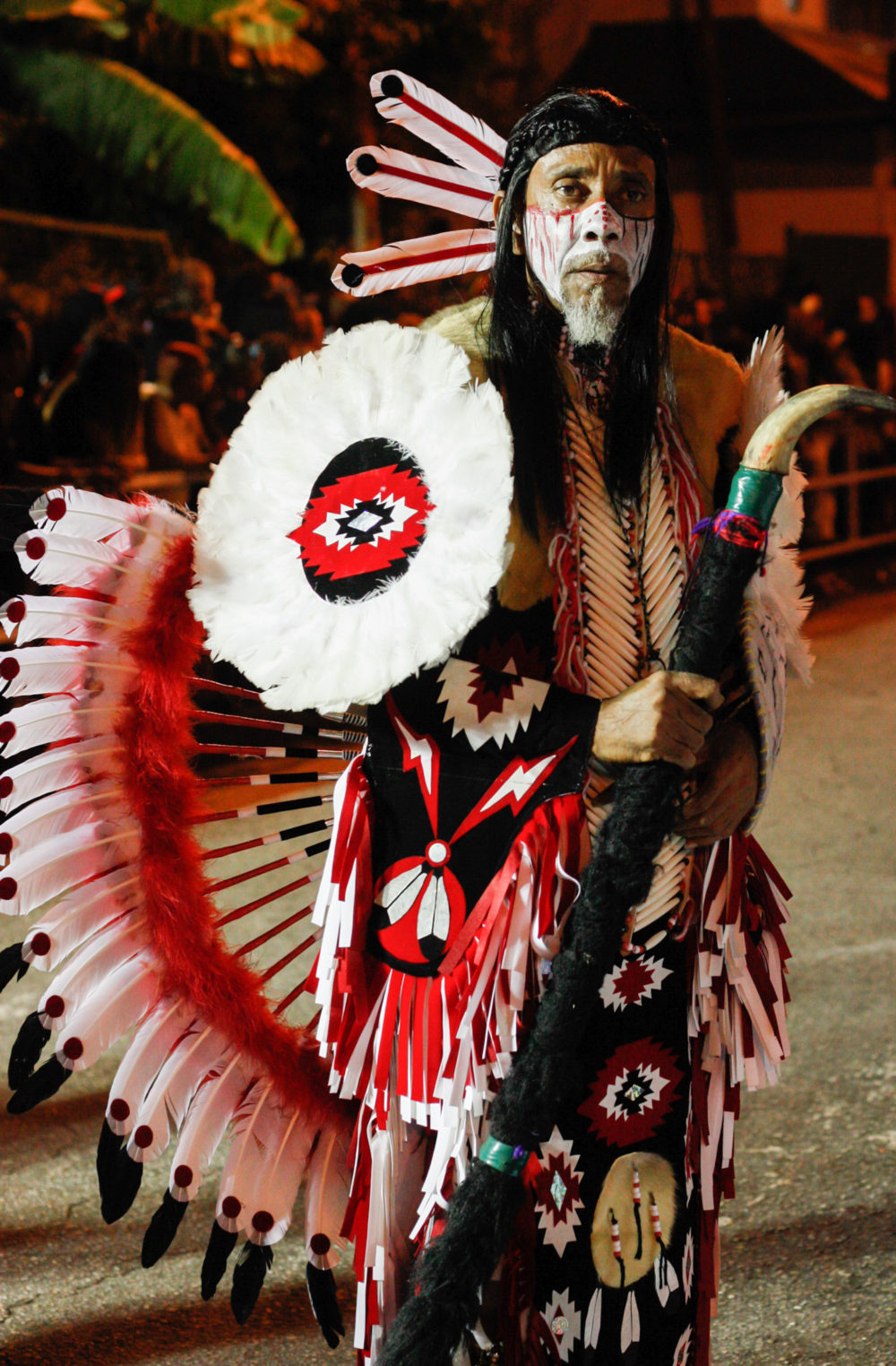
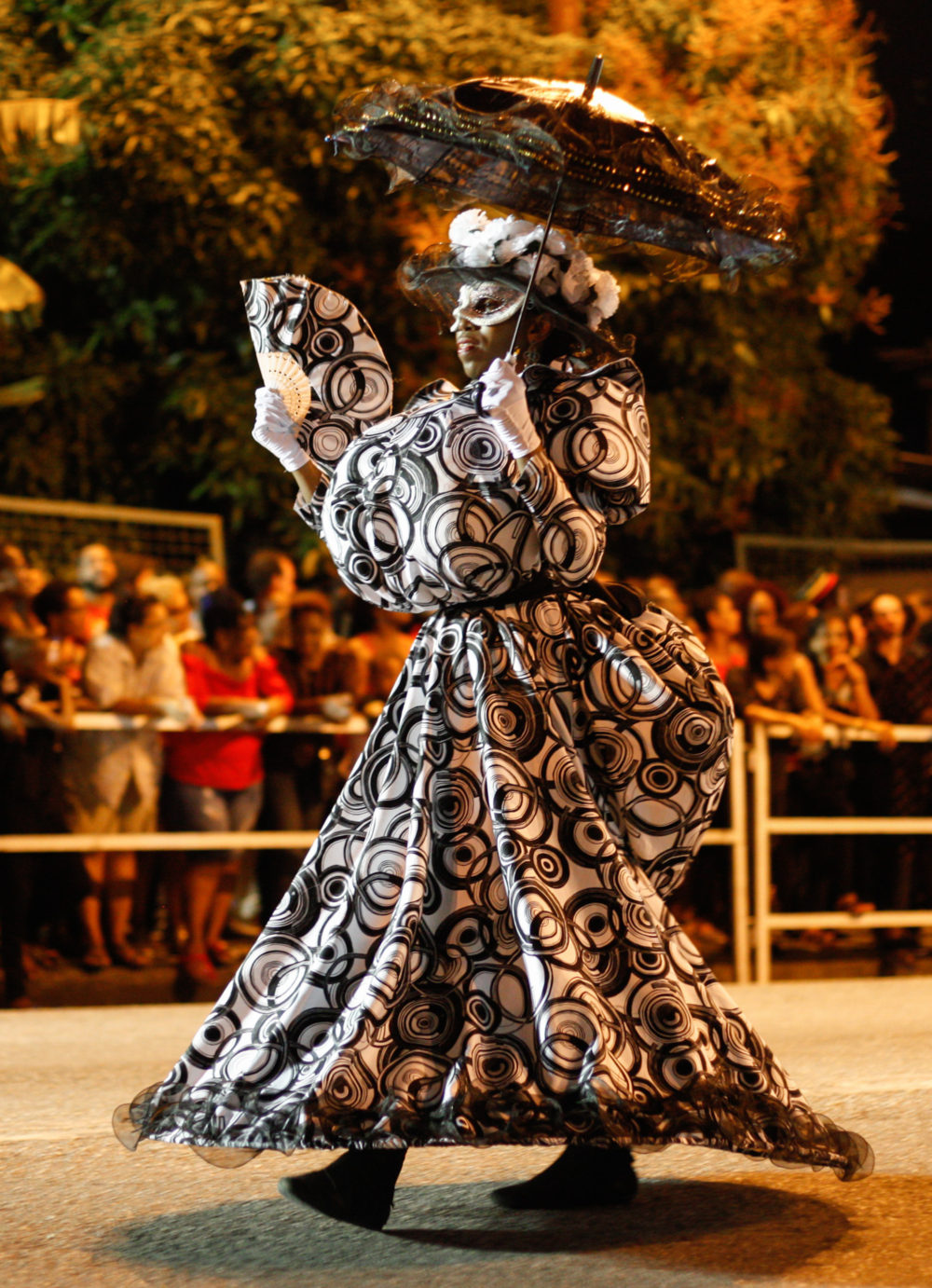
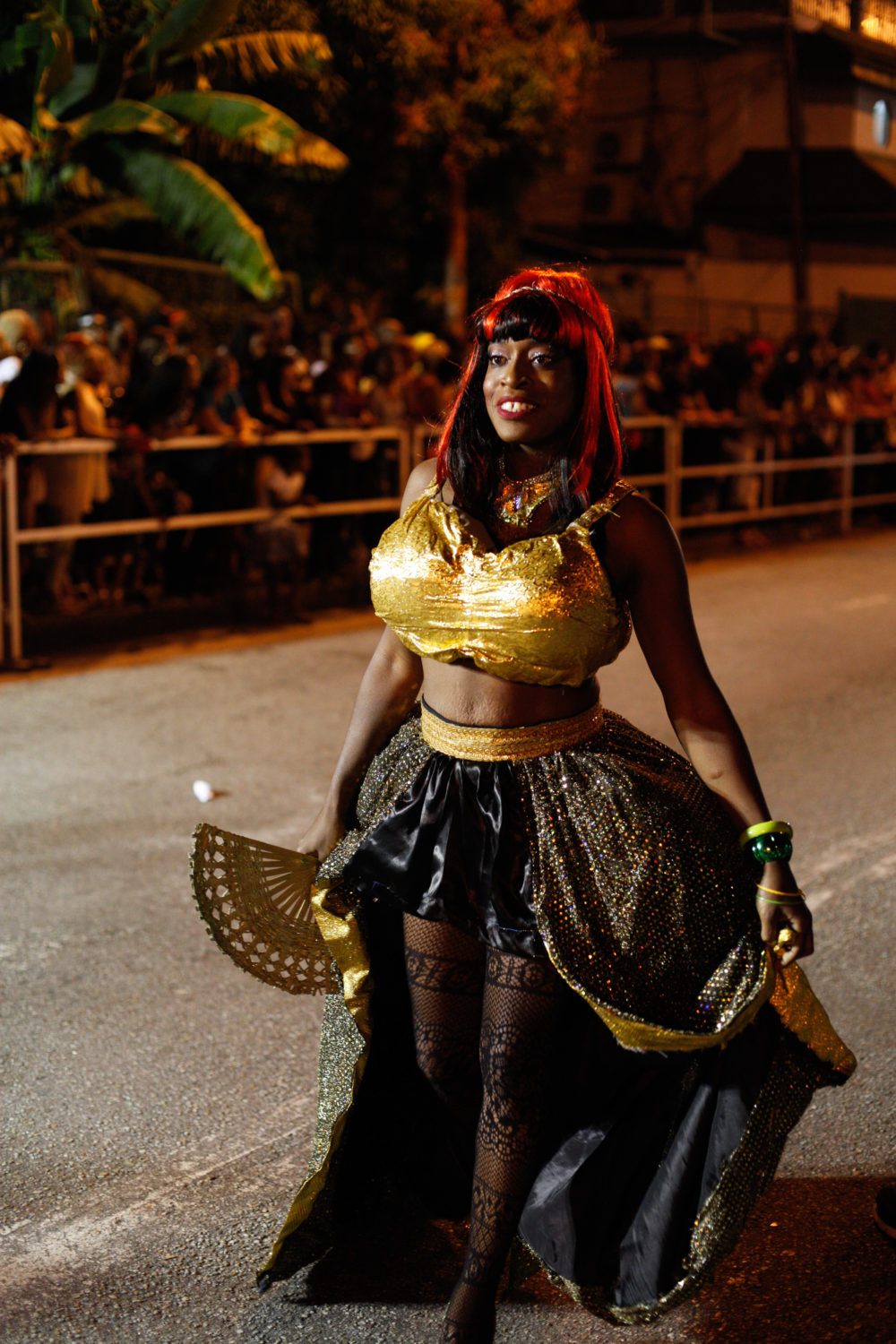
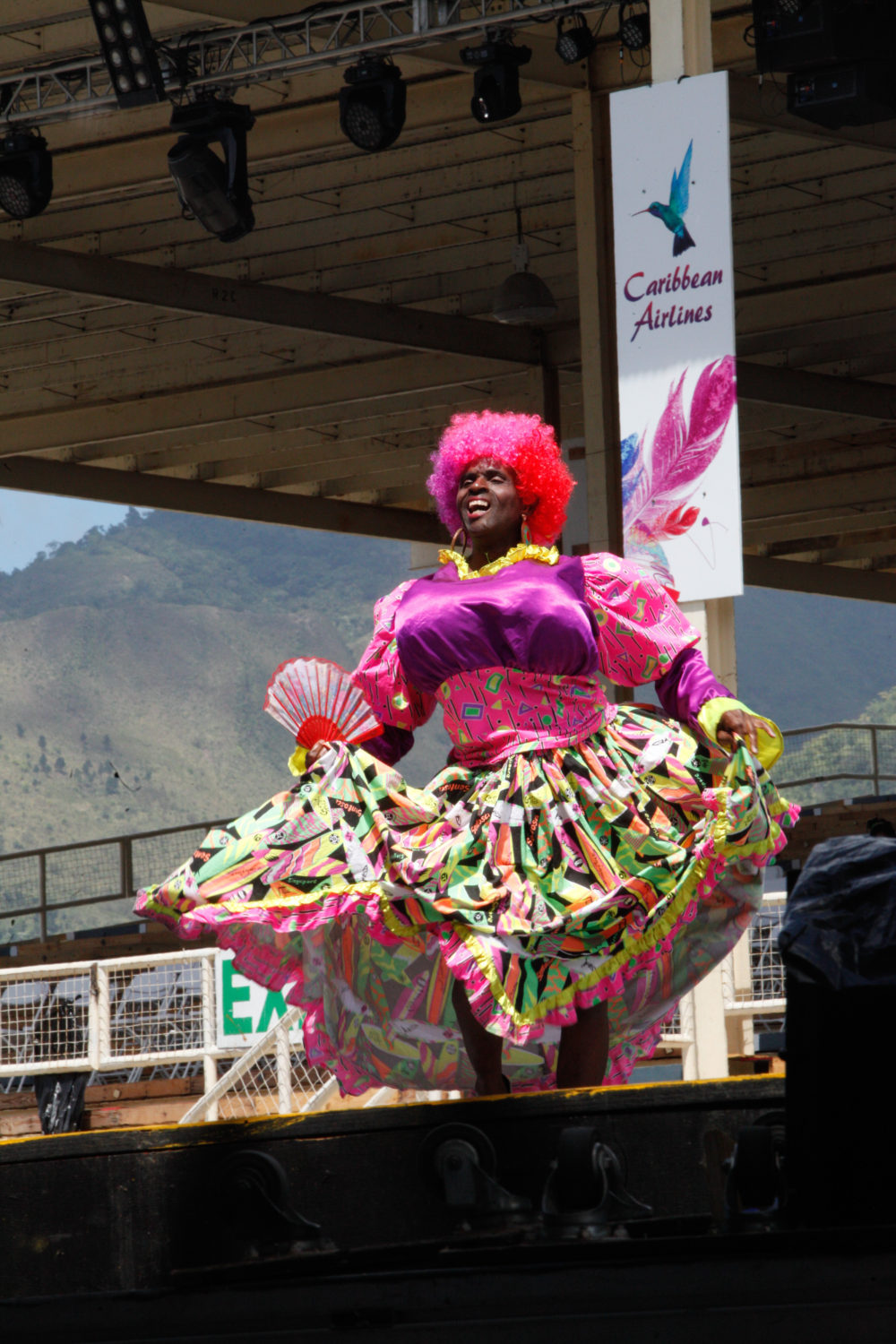
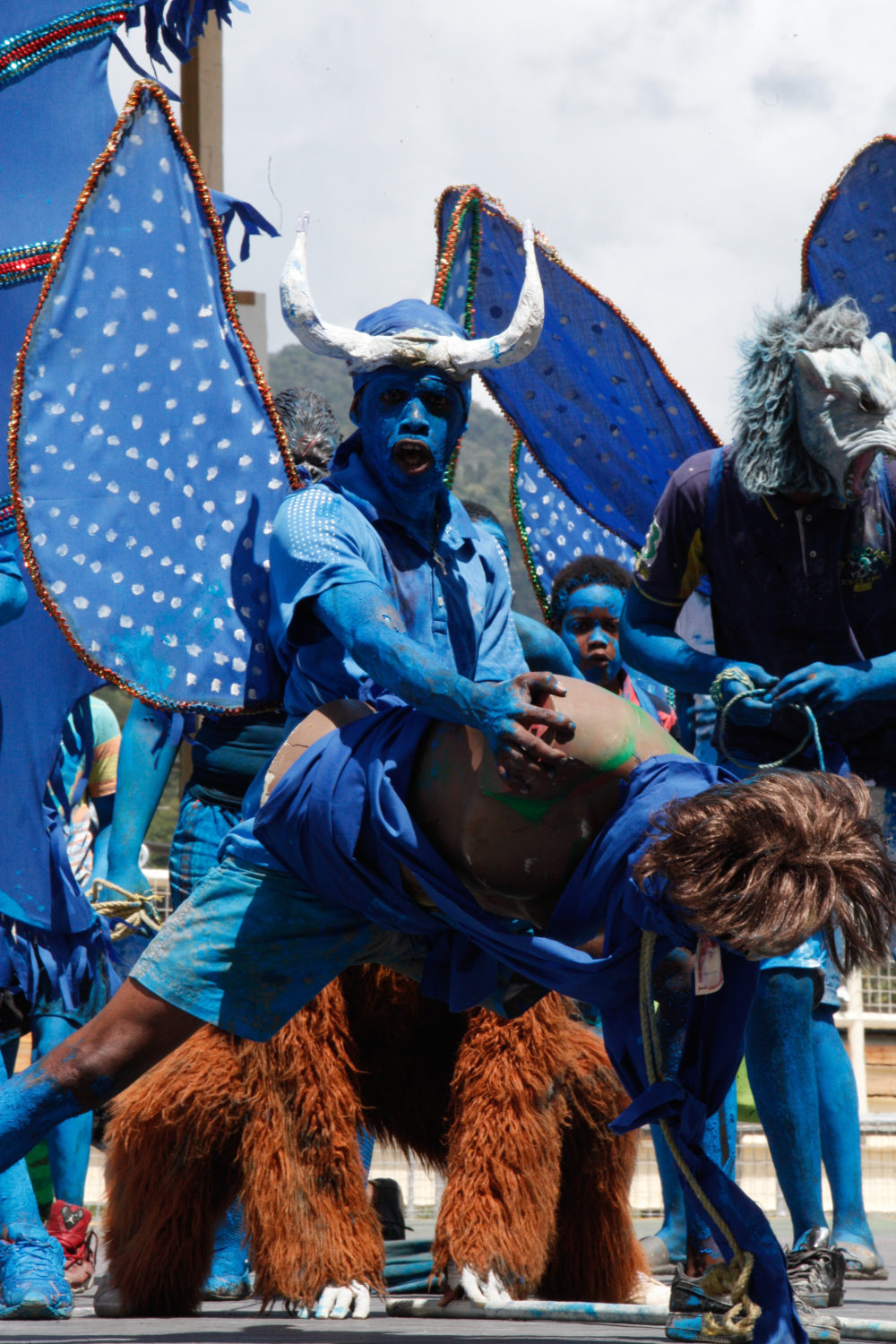

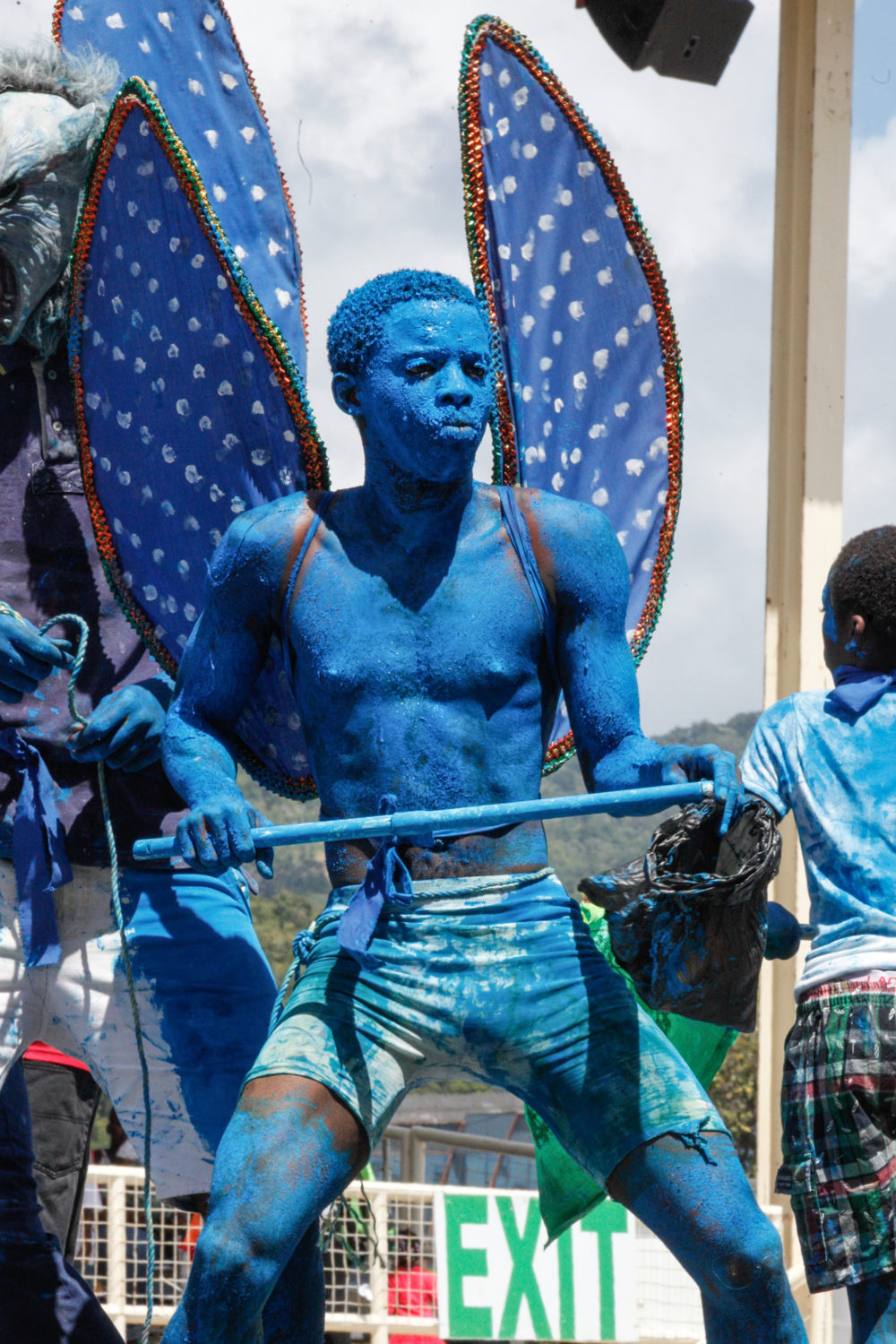
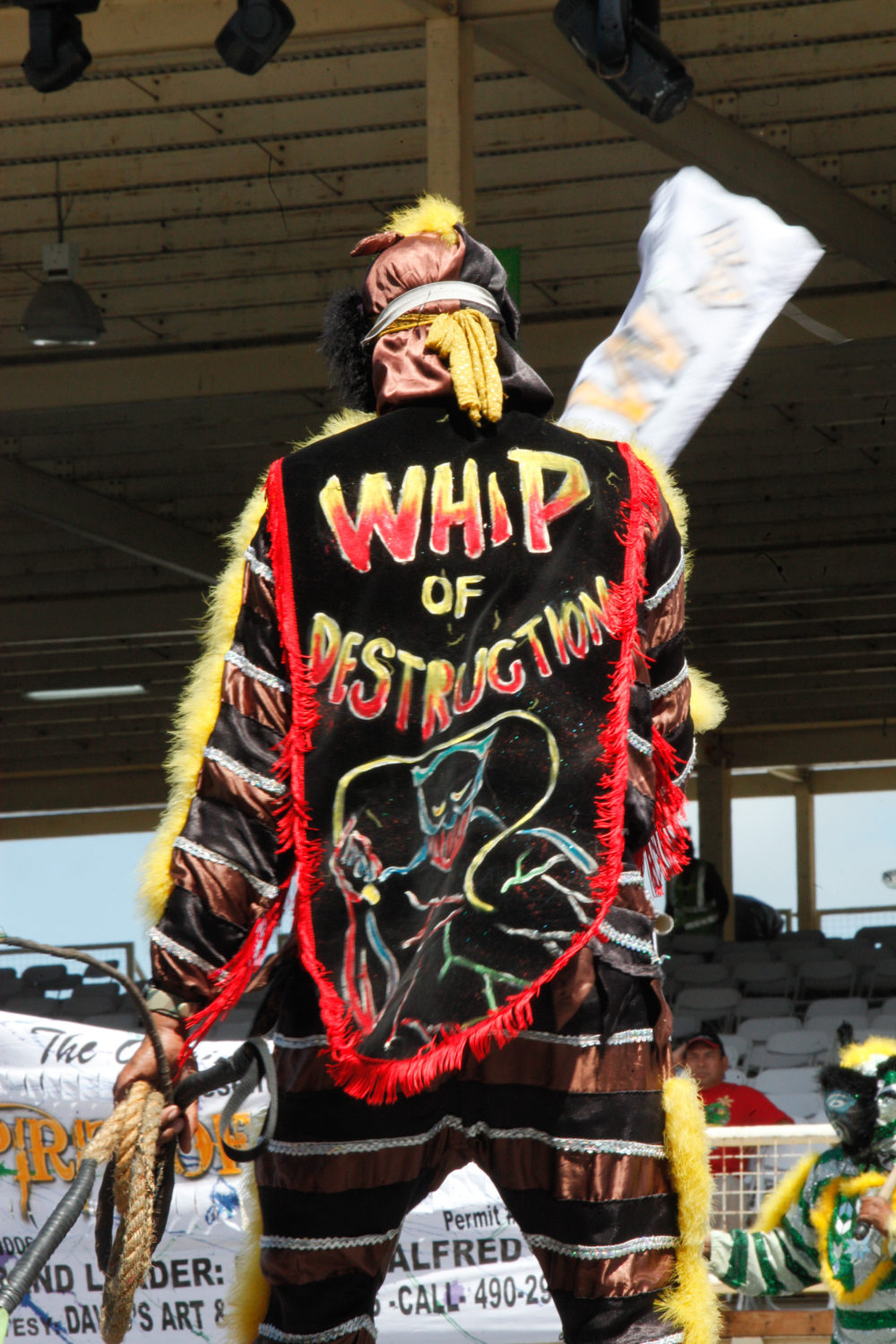
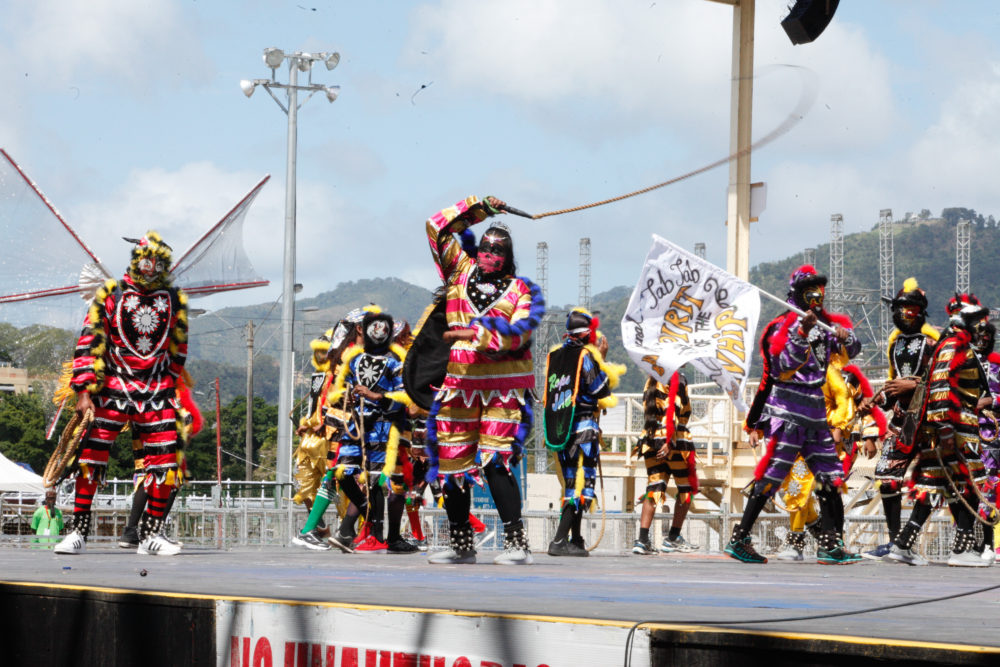
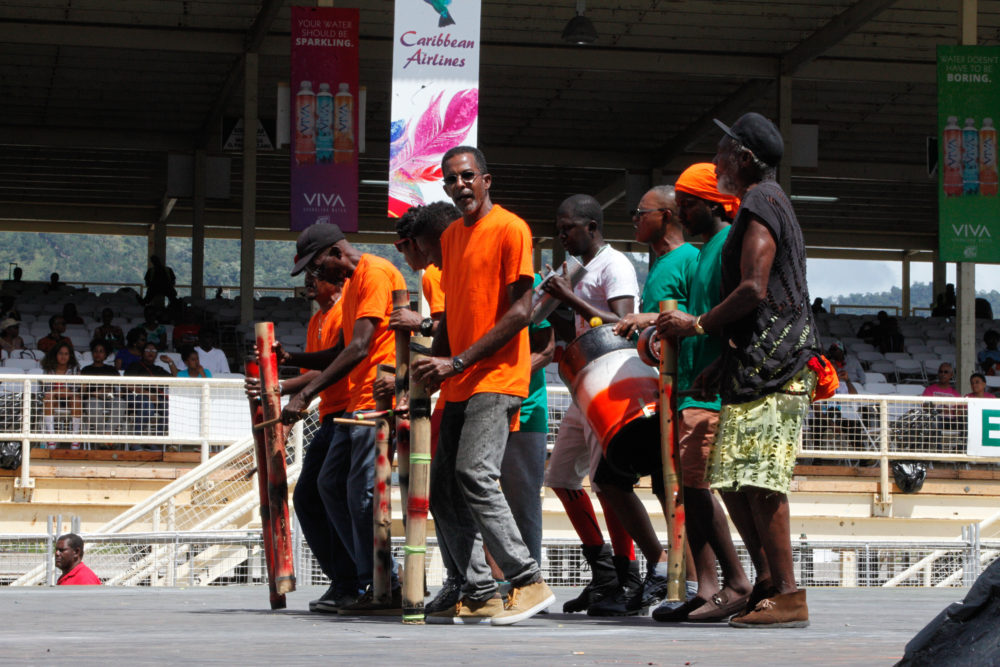

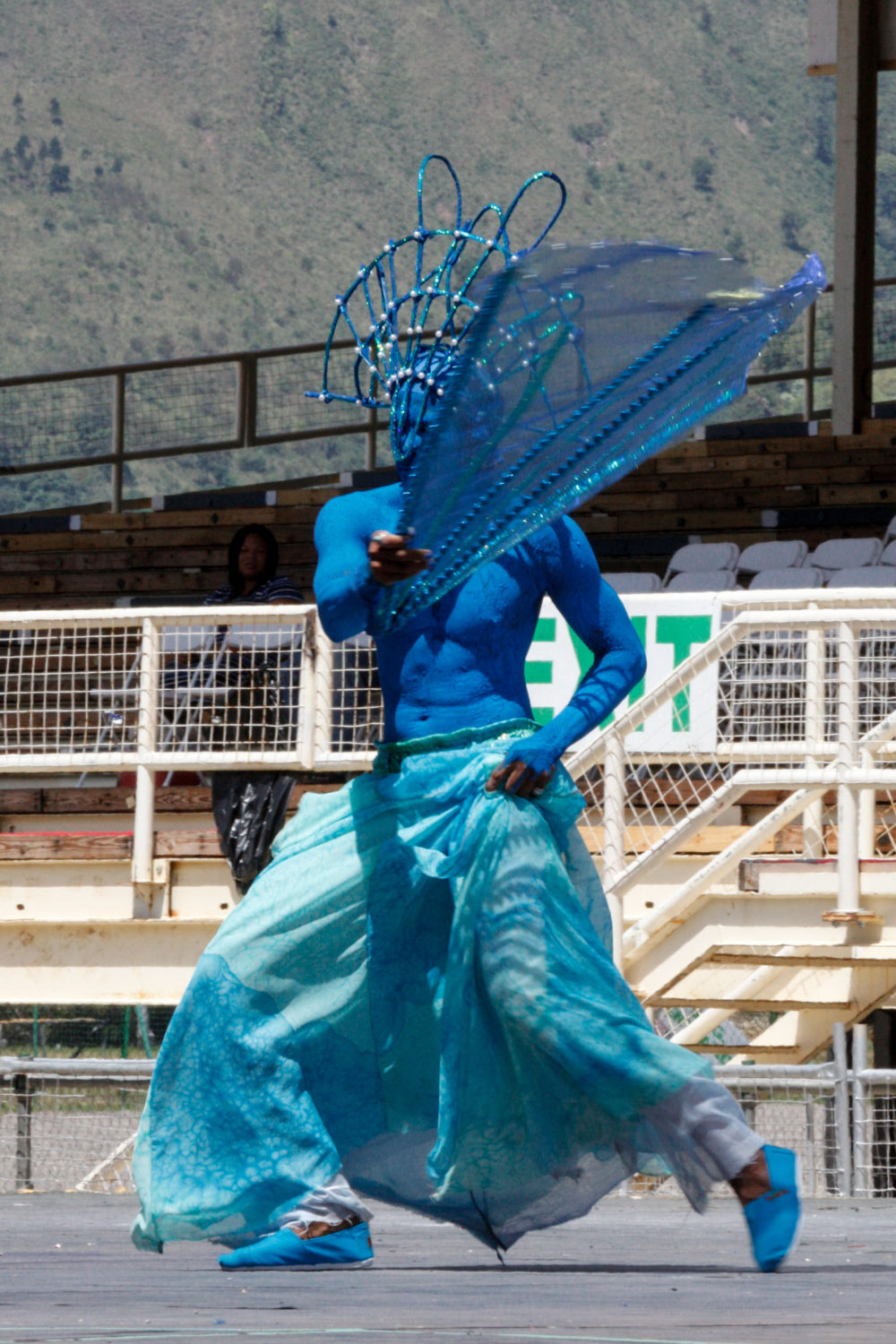
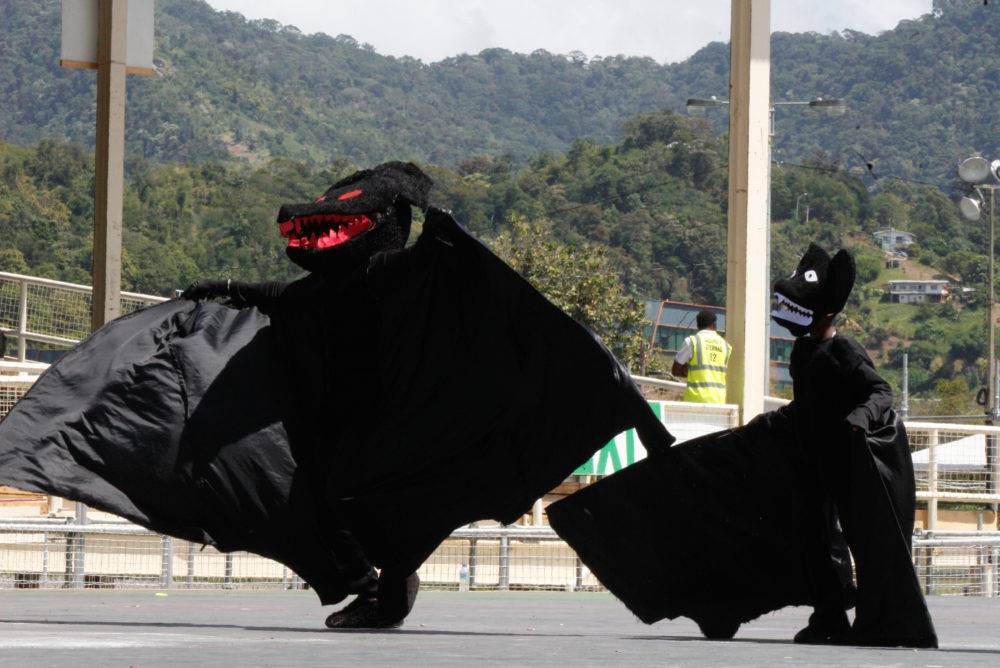
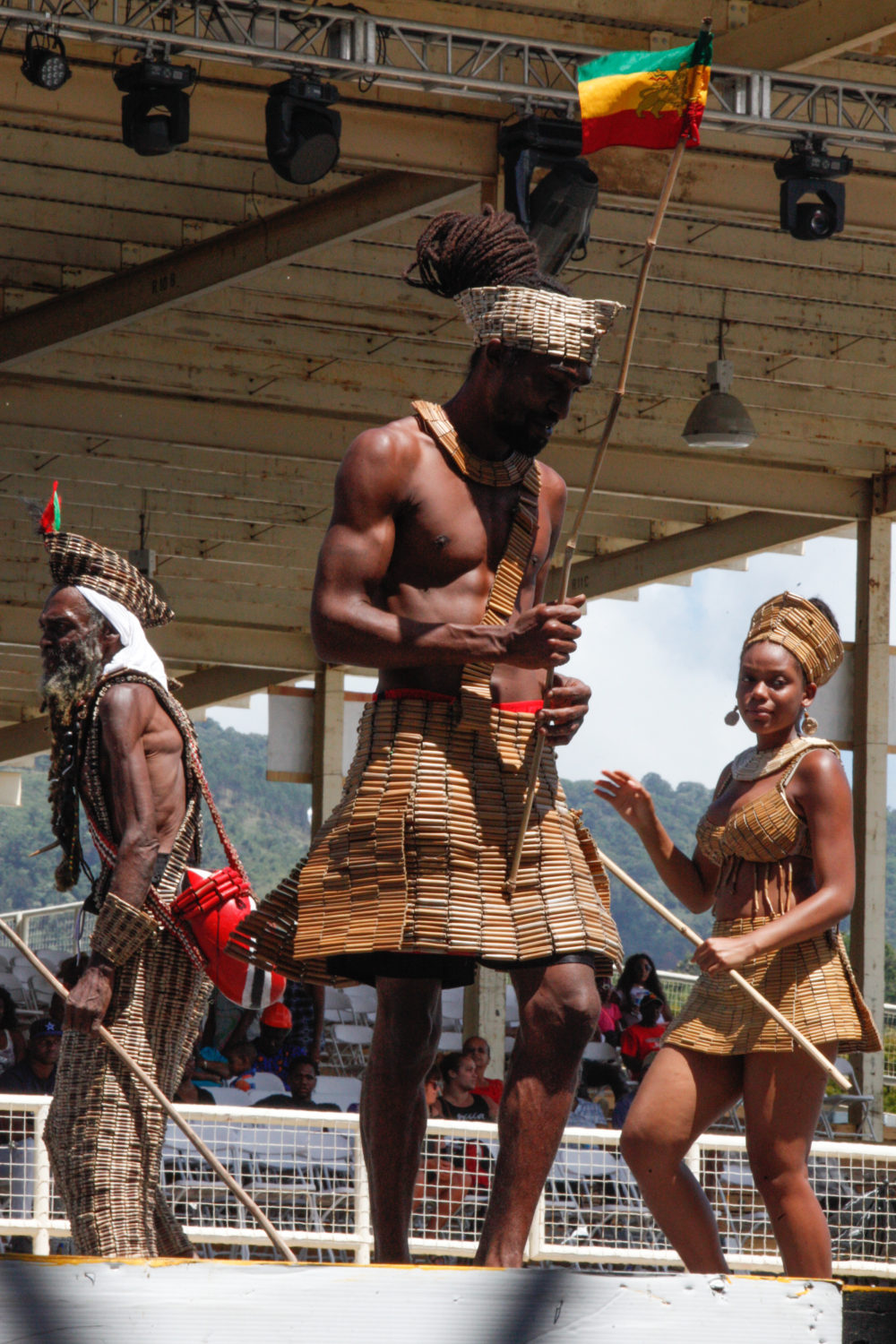
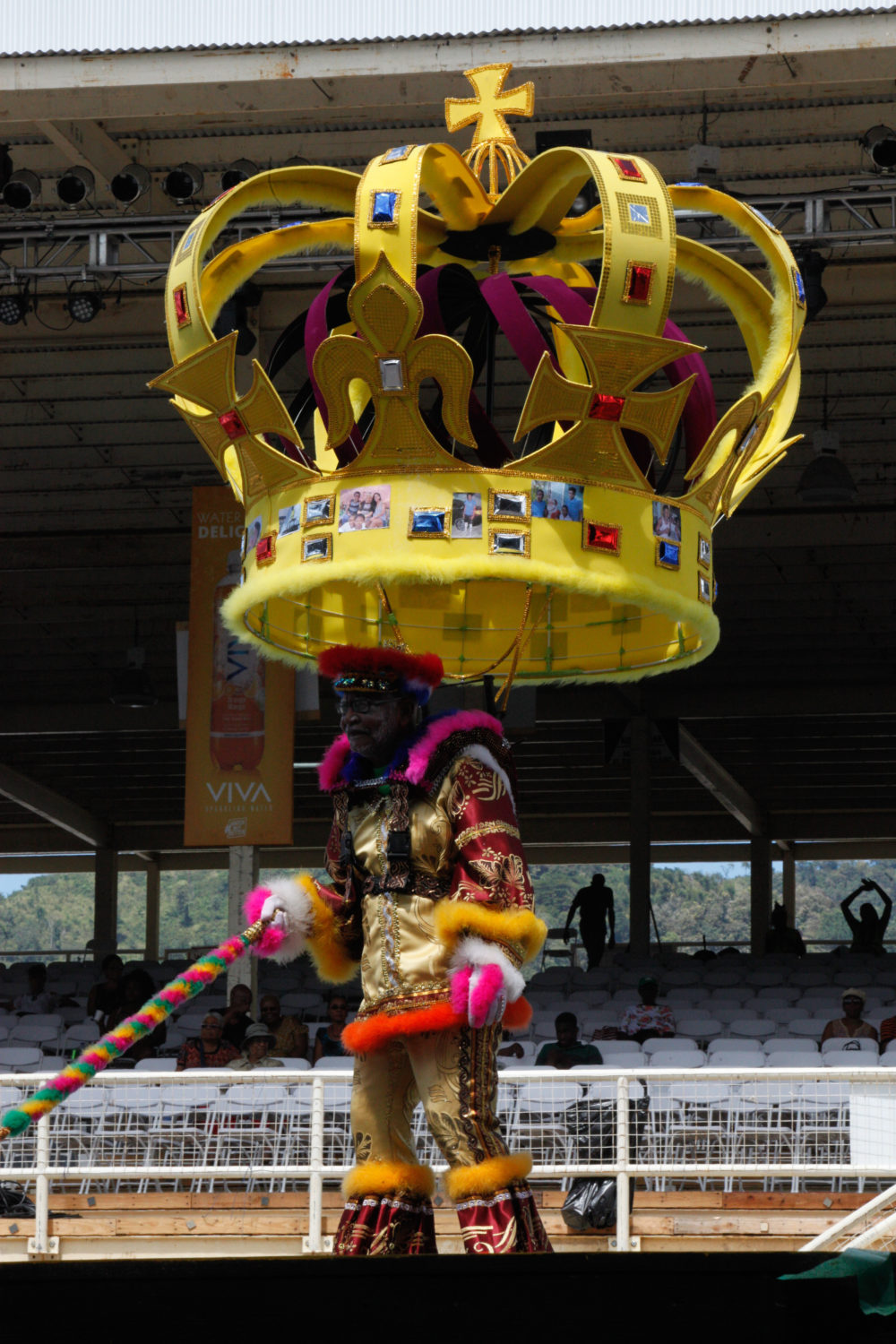
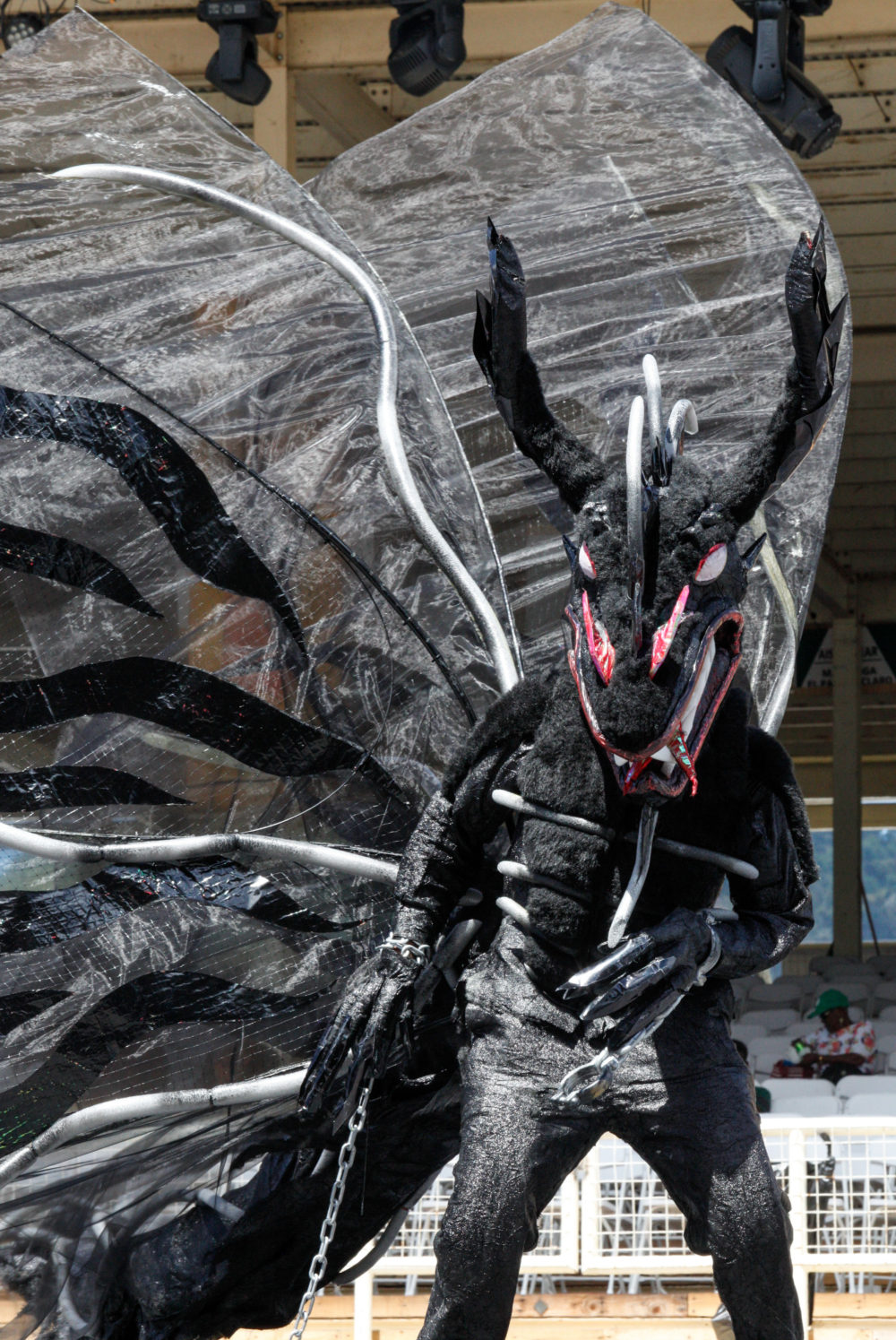
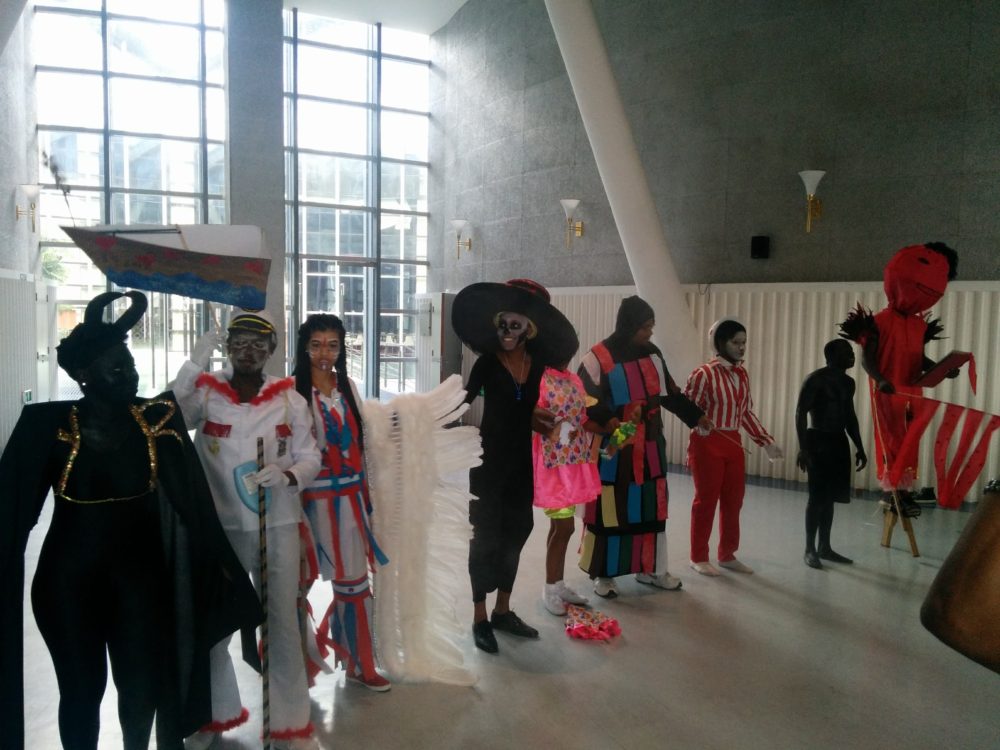
You could consider the height of mas making to be at Dimanche Gras. Besides playing host to the Calypso Monarch competition, Dimanche Gras is where you go to see the gargantuan mas costumes competing to be King and Queen of Carnival. These are 20, 30-foot wide and tall masterpieces, built with pipes, wire and tons of shiny fabric, props and all kinds of other materials. The sit on wheels and are pulled by the proud masqueraders who dance and shake the big beasts on the huge Queens Park Savannah stage. Often, as the masqueraders come out on to the stage, a soundtrack will play: something atmospheric or symphonic, with a voice reading a dramatic description of the narrative behind the piece. Then, as the masquerader circles around the stage, showing off from all sides, the accompaniment will abruptly shift into booming soca, in many cases "Soca Kingdom" by Machel Montano.


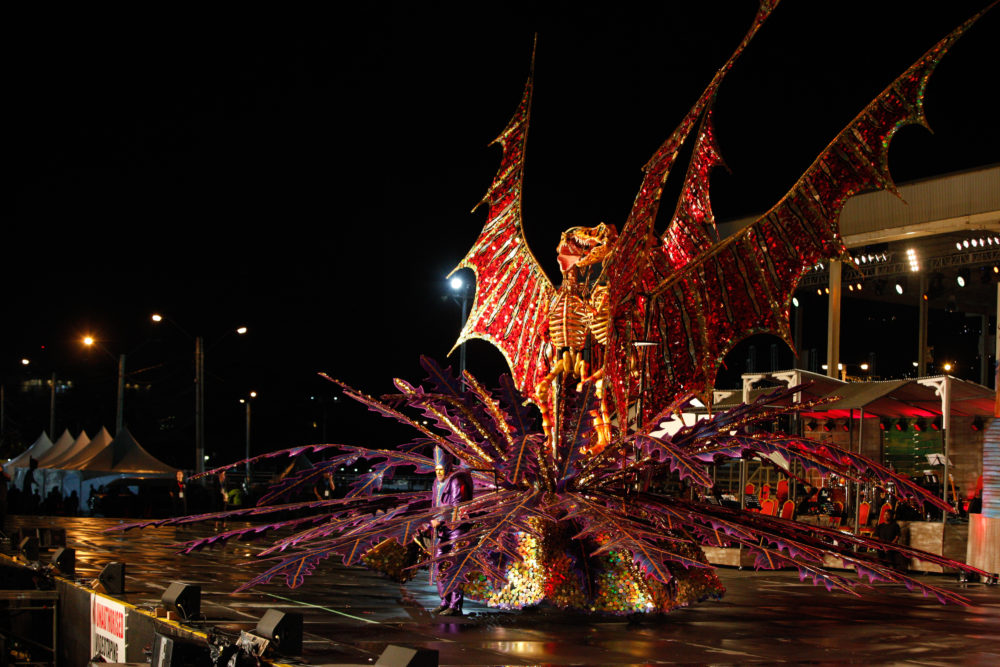

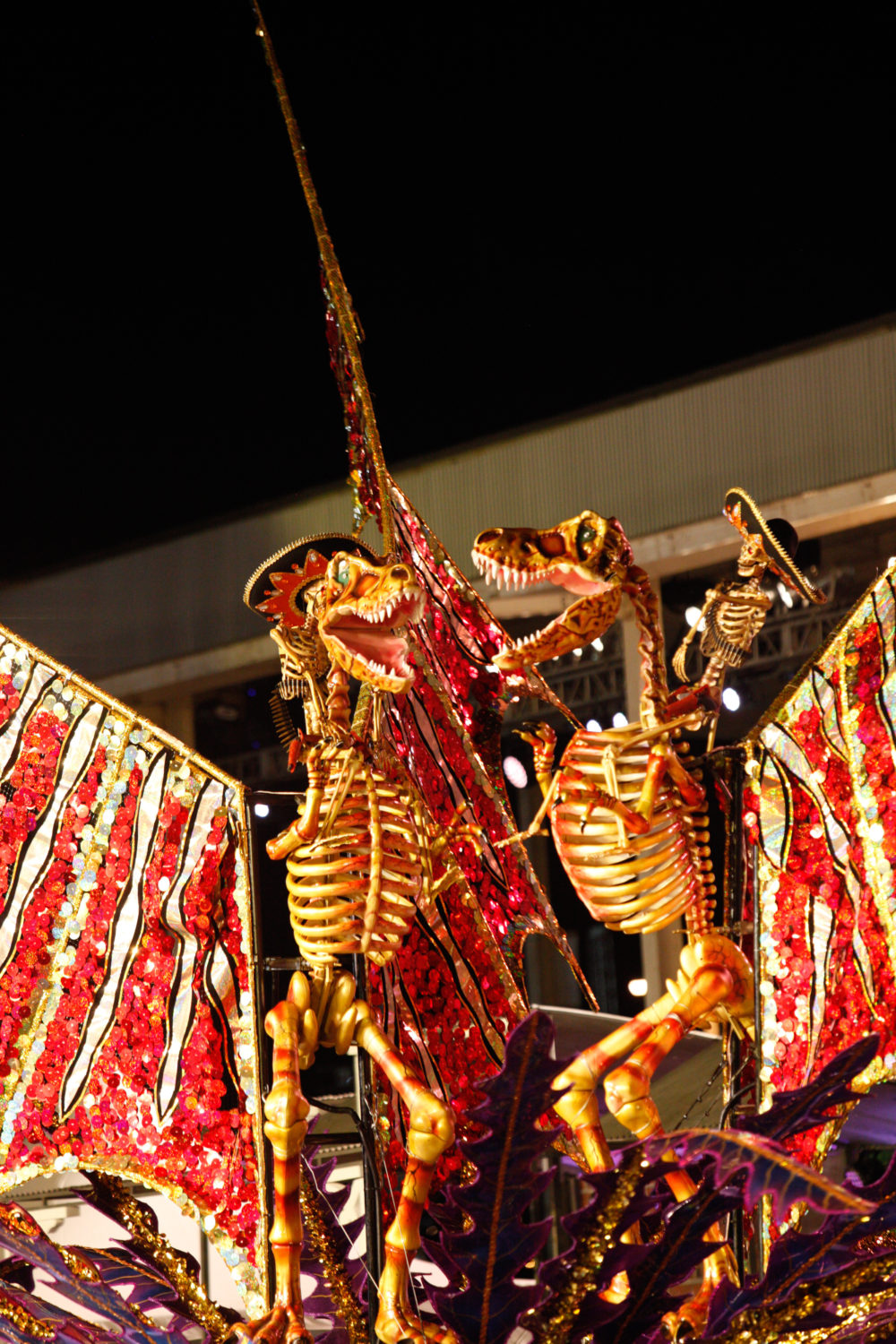




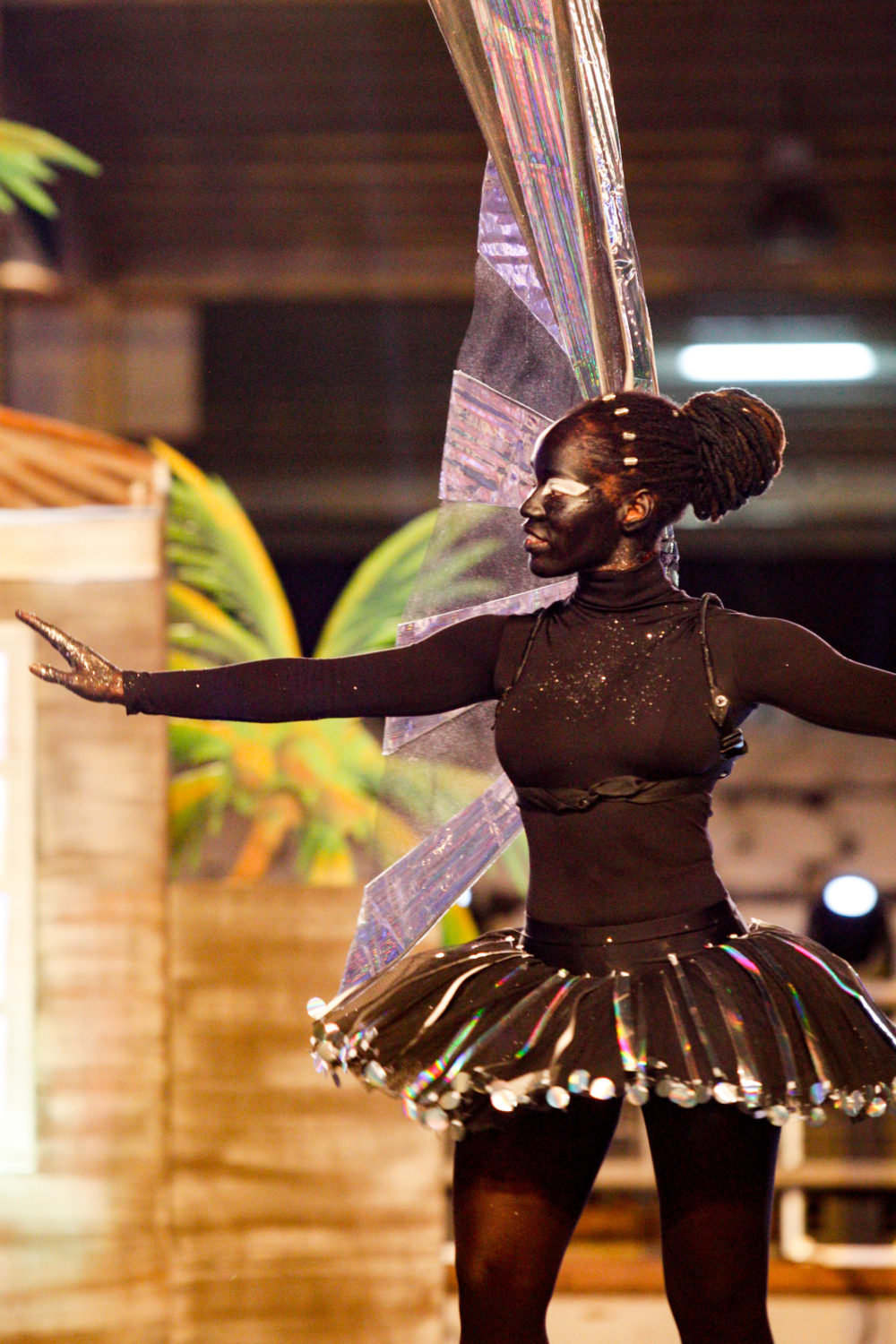
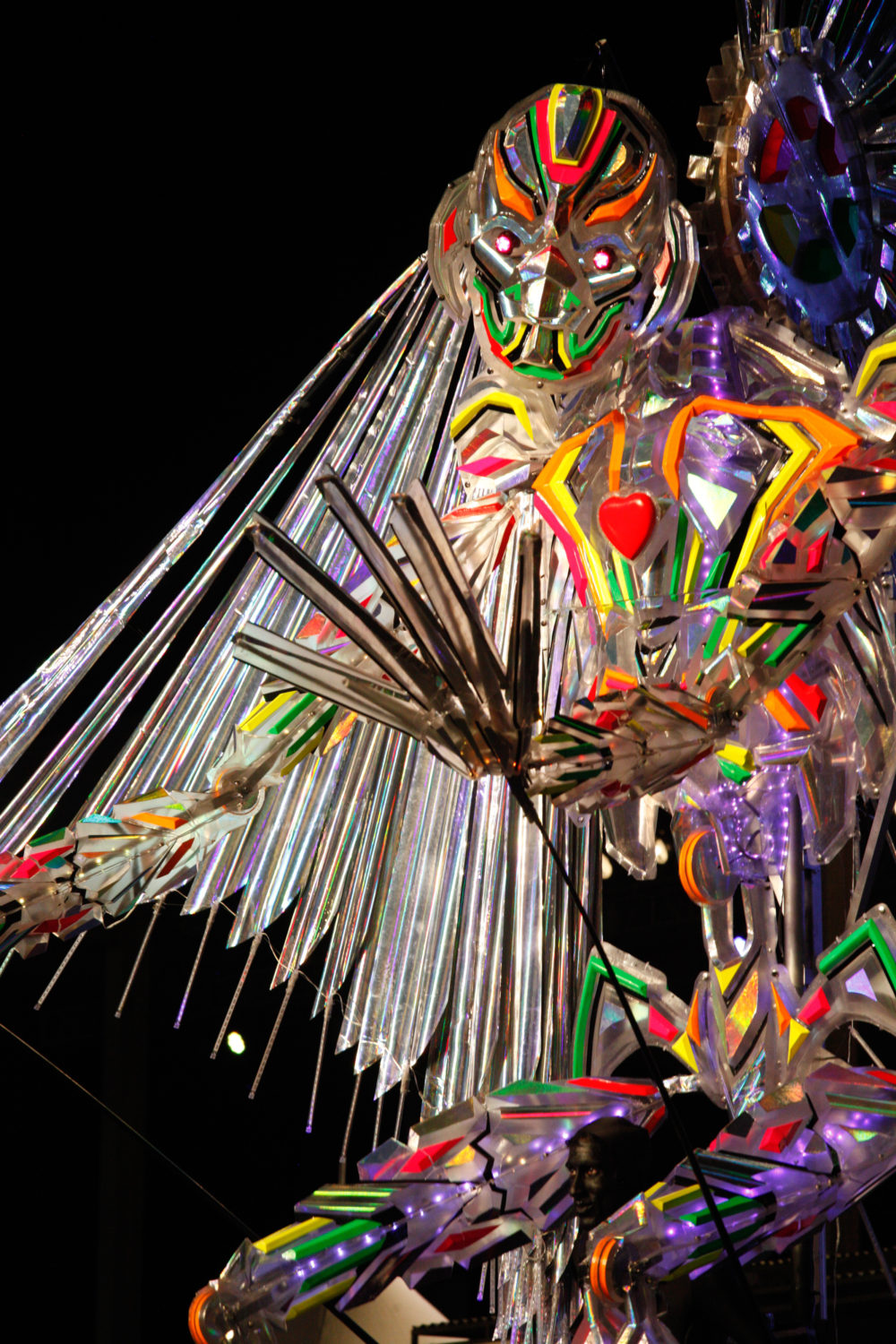
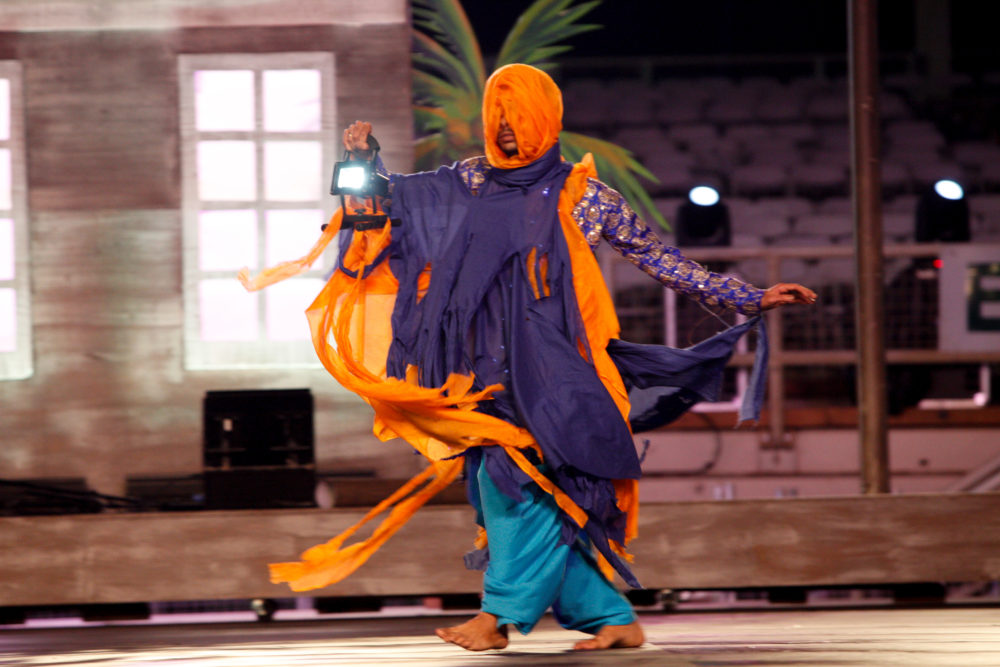




Coming soon: conventional mas on the road, Carnival Monday and Tuesday!










